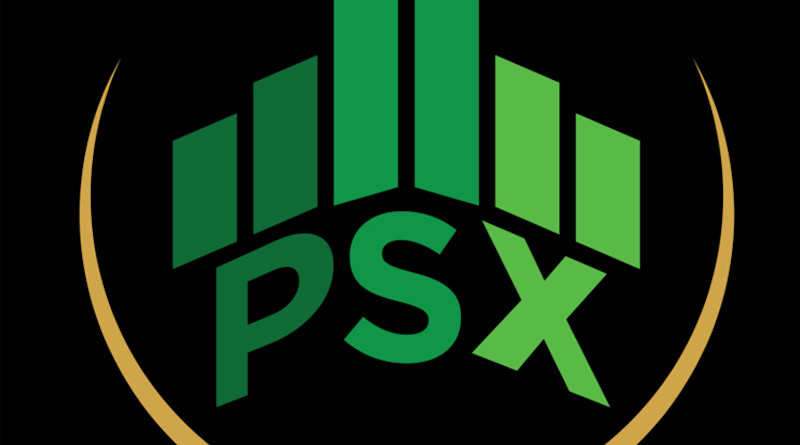Pakistan Stock Exchange Benchmark Index Declines Almost 5% WoW – OpEd
During the week ended on September 1, 2023, the benchmark index of Pakistan Stock Exchange declined by 4.95%, losing 2,358 points to close 45,313 level.
NEPRA’s announcement to increase the average national power tariff by PKR4.96/unit for FY24 was met with strong disapproval and countrywide protests.
The business communities and other political parties showed dismay as well and criticized DISCOs over the levied capacity charges on consumers. Moreover, the Finance Division allowed for a massive hike in petrol and diesel prices.
After much anticipation of upheaved inflation figures, August’s CPI was announced as 27.4%, giving a source of comfort during a crunch period.
Given elevated demand for the greenback, Pak rupee witnessed an erosion of 1.4%WoW, reaching PKR305.47 against US$ on Friday. Furthermore, towards the week’s end, the gap between the interbank and open market exchange rates remained 7.4%.
According to the IMF agreement, this gap should not be ±1.25% for 5 consecutive days. Moreover, the forex reserves held by the central bank declined by US$81 million to US$7.85 billion owing to debt repayments and July’s current account deficit can put additional strain on reserves. Cumulatively, these reasons have had a negative impact on the market.
To curb the gas sector’s revolving circular debt, Petroleum Ministry is gearing for a 60% increase in gas prices.
On the bright side, FBR has provisionally collected PKR1.21 trillion during first two months of FY24, against a target of PKR1.18 trillion, reflecting an increase of PKR24 billion.
Market participation witnessed a decline, with traded volume averaging at 187 million shares, as compared to the previous week’s average of 206 million shares.
Other major news flows during the week included: 1) Foreign investors’ buying in August reported at US$12.87 million, 2) PIA demanded PKR23 billion bailout from government, 3) CMEC announced to halt production at Thar coal mines given non-clearance of US$50 million, 4) Total tax collected from power sector including electricity bills was reported at more than PkR160bn for FY23, 5) SBP adopted certain AAOIFI’s Shariah standards, 6) Income tax department levied super tax on non-resident companies in negation of double taxation treaties, 7) DISCOs withdrew up to 41% less power from national grid in 4QFY23, and 8) slightly over 8 million mobile phones were manufactured by local plants during Jan-July 2023 period.
Textile weaving was the top performer, while close end mutual fund/ power generation & distribution/ automobile parts & accessories were amongst the worst performers. Major selling was recorded by Banks/DFI with a net sell of US$6.26 million. Insurance companies absorbed the selling with a net buy of US$7.9 million.
Top performing scrips of the week were: SCBPL, INDU, HMB, AICL, and NRL, while top laggards were: HGFA, DGKC, NML, APL, and NCL.
Going forward, market is in commensuration with outcomes of 1) upcoming Monetary Policy Committee meeting on 14th September, 2) ensuing review with IMF in October, and 3) developments encircling energy reforms.
In the event of an interest rate hike, cyclical sectors may face turbulence, although market has already adjusted for this impact.
Analysts reiterate following a cautious approach while picking stocks and continue to advocate US dollar-denominated revenue stream scrips (Technology and E&P sector) to hedge against currency risk or high dividend yielding scrips.

